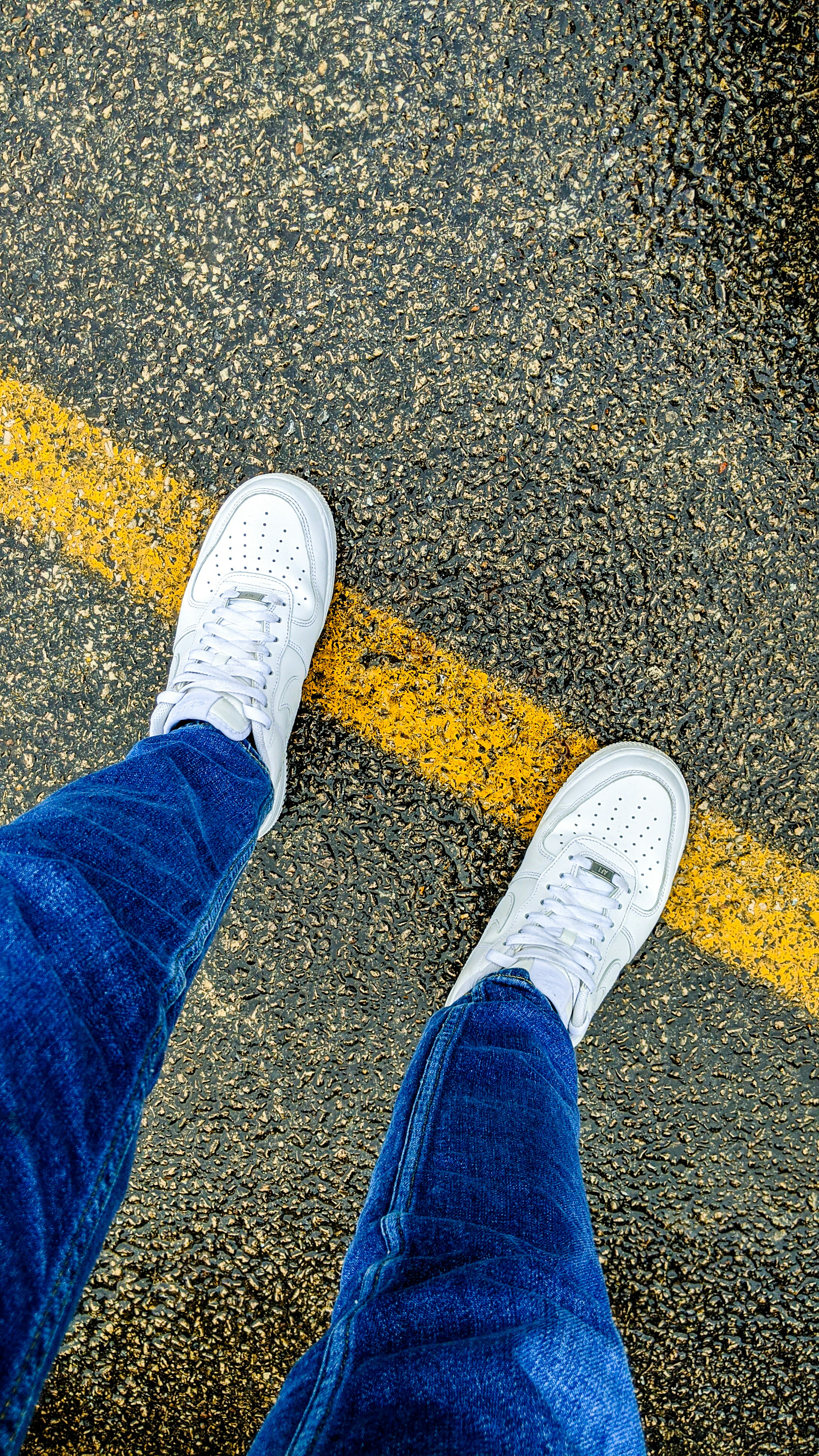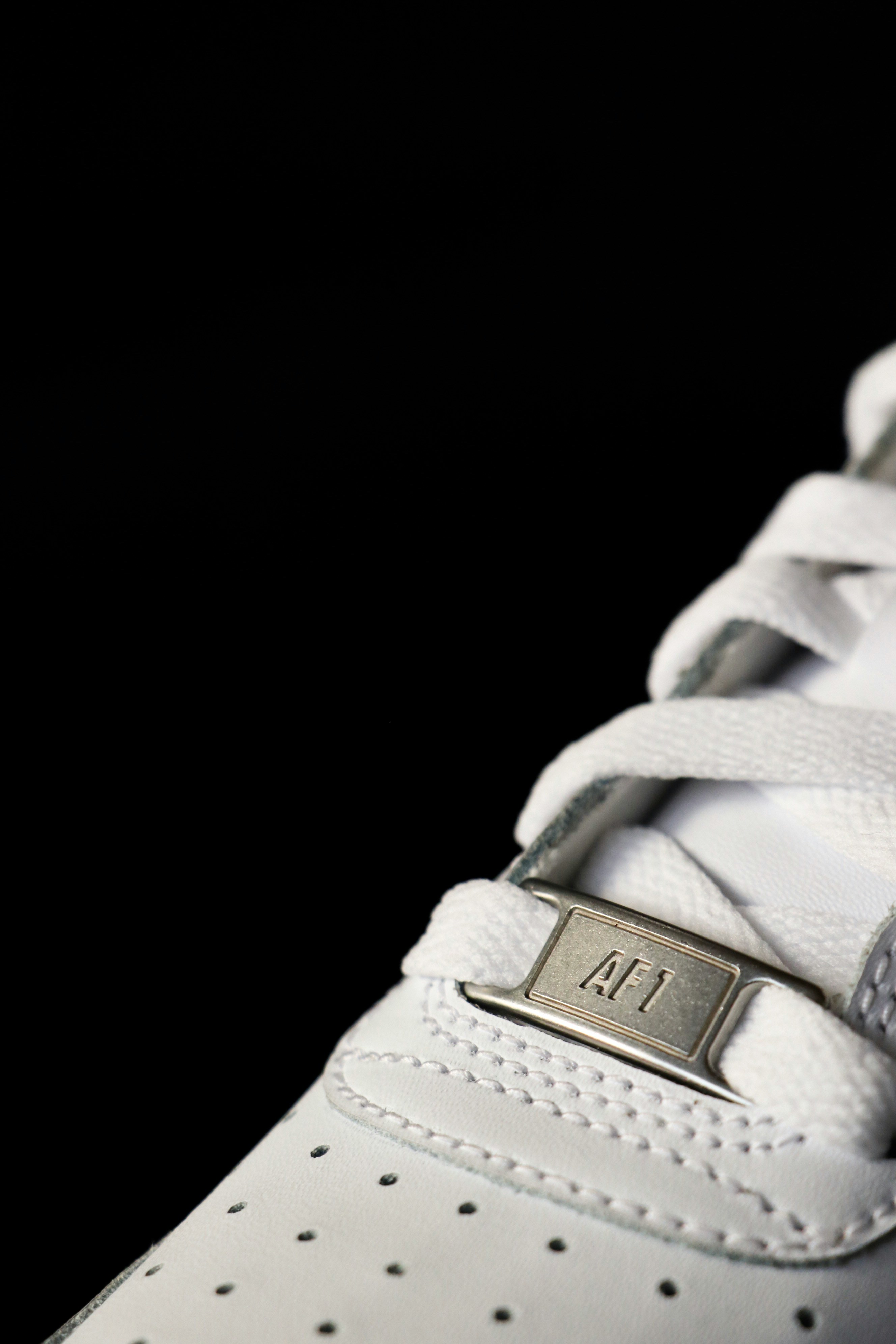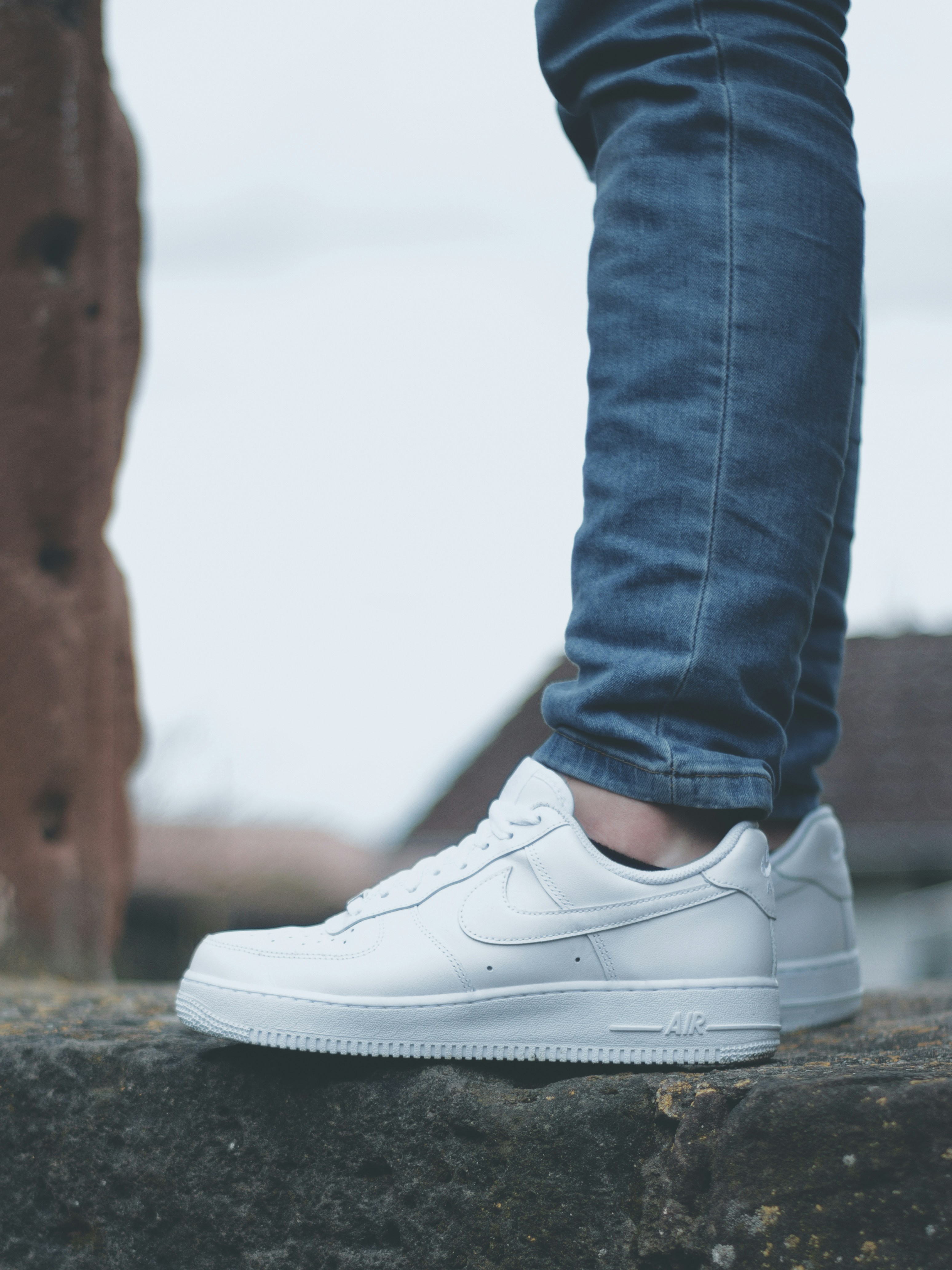June 26, 2024
The Evolution of Sneaker Technology
Sneaker technology has come a long way since the early days of basic canvas and rubber shoes. Today, advancements in materials, design, and manufacturing have revolutionized the sneaker industry, offering enhanced performance, comfort, and style. Here’s a look at the evolution of sneaker technology and the innovations that are shaping the future of footwear.
Early Innovations
The first significant innovation in sneaker technology was the introduction of rubber soles in the late 19th century, which provided better traction and durability. In the 1960s and 70s, brands like Nike and Adidas began experimenting with new materials and designs to improve athletic performance.
The Rise of Air Cushioning
One of the most groundbreaking advancements in sneaker technology came in 1979 when Nike introduced the Air cushioning system. The Nike Air Tailwind was the first shoe to feature air-filled bags in the midsole, providing superior cushioning and impact protection. This technology was further popularized with the release of the Air Max line, which showcased visible Air units in the sole.
Lightweight Materials
The 1990s and 2000s saw a shift towards lightweight materials to enhance speed and agility. Brands began using synthetic fabrics, mesh, and foam to reduce the overall weight of sneakers. This trend was exemplified by the Nike Flyknit, which featured a seamless, knit upper that was both lightweight and supportive.
Energy Return and Boost Technology
In 2013, Adidas introduced Boost technology, which revolutionized cushioning with its unique foam compound made from expanded thermoplastic polyurethane (TPU). Boost provided exceptional energy return and comfort, becoming a game-changer in both performance and casual sneakers.
Smart Shoes and Digital Integration
The integration of digital technology into sneakers has opened new possibilities for performance tracking and customization. Smart shoes, like the Nike Adapt series, feature self-lacing systems and connectivity to mobile apps, allowing users to adjust fit and monitor performance metrics.
Sustainable Innovations
Sustainability has become a major focus in sneaker technology. Brands are exploring eco-friendly materials and processes to reduce their environmental impact. Adidas' Parley for the Oceans line uses recycled ocean plastics, while Allbirds utilizes natural materials like merino wool and eucalyptus fibers.
Advanced Cushioning Systems
Modern sneakers feature advanced cushioning systems that enhance comfort and support. Nike's React foam and Adidas' Boost technology continue to evolve, offering improved responsiveness and durability. Other brands, like Asics with their GEL cushioning, also contribute to the variety of options available.
Customization and 3D Printing
3D printing has emerged as a revolutionary technology in sneaker manufacturing. It allows for precise customization and on-demand production, reducing waste and lead times. Adidas' Futurecraft line and Nike's Flyprint technology showcase the potential of 3D printing in creating tailored and high-performance footwear.
The Future of Sneaker Technology
The future of sneaker technology is promising, with ongoing research and development aimed at further enhancing performance, sustainability, and user experience. Potential advancements include:
Biomechanical Optimization: Sneakers designed to optimize biomechanics and reduce the risk of injuries through data-driven design and personalized fit.
Smart Materials: The use of smart materials that adapt to environmental conditions, providing optimal comfort and performance in various climates.
Augmented Reality (AR): AR technology for virtual try-ons and personalized recommendations, enhancing the shopping experience.




